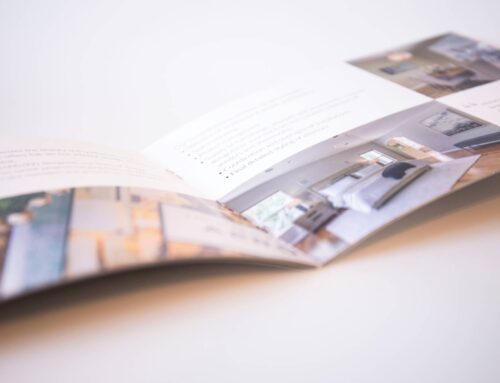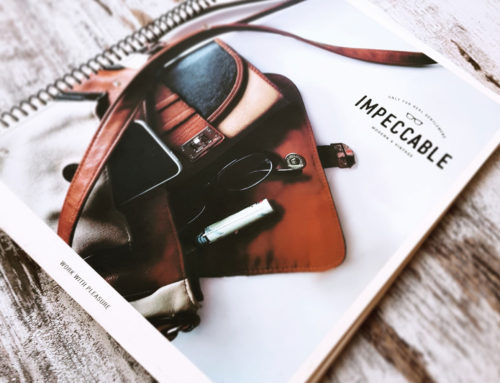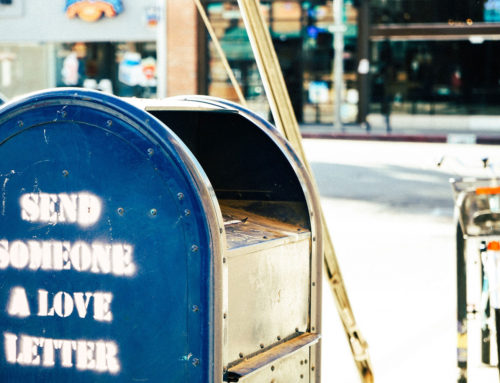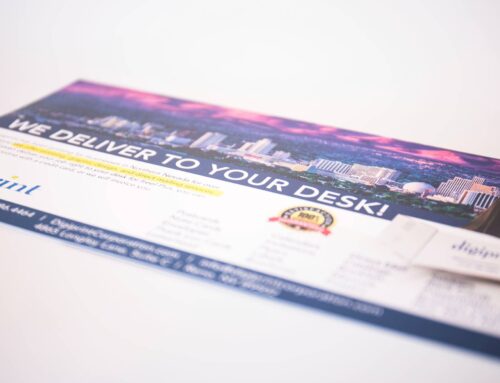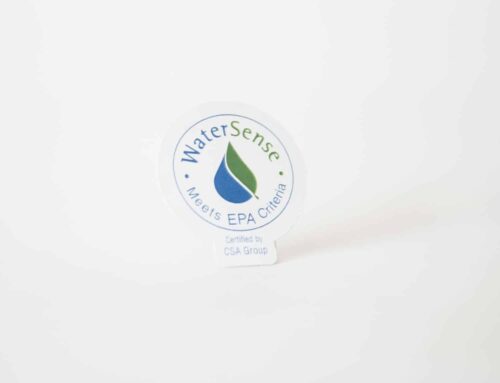Catalogs are a marketing powerhouse. More than just displaying your products, they serve as compelling storytelling tools that forge a connection between your brand and the reader. According to a Harvard Business Review field study, print catalogs have been found to increase sales by 28 percent and inquiries by 77 percent.
When putting together a catalog, one of the key choices you’ll make is picking the right format, size, and style. These factors can shape the way your catalog turns out – how it looks, feels, and performs with your potential customers. Plus, they’ll also affect things like cost, production times, and distribution methods.
Here at Digiprint, we’ve printed our fair share of catalogs for multiple businesses in the Reno area. In this post, we’ll leverage our expertise as reliable printing services in Reno to help you find the perfect catalog format for your needs.
Ready? Let’s dive in!

Table of Content
Factors to Consider When Choosing a Catalog Format
Target Audience and Message
Binding Options
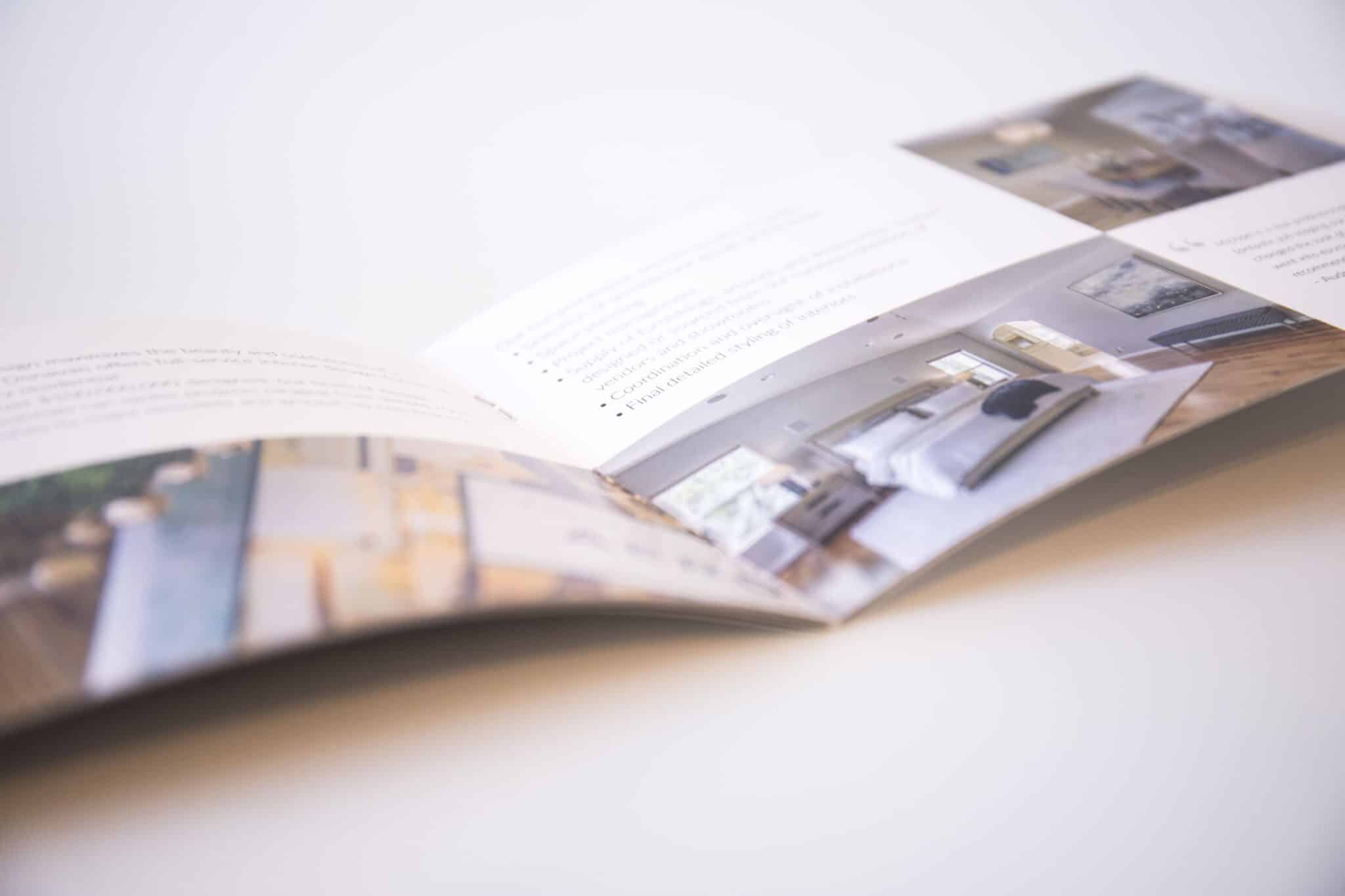
Factors to Consider When Choosing a Catalog Format
A printed catalog should look good, feel great in the hands, and appeal directly to your customers’ senses. Let’s break down the various factors you should consider to make sure your catalog is perfectly tailored to your preferences:
Size and Portability
Your catalog must have enough space for all your products. Pick a size that’s big enough to showcase everything and highlight your key offerings. See that nothing gets squeezed or overlooked.
While you’re at it, consider the portability of your catalog. It should be easy for customers to pick up, flip through, and take with them if they want to. A well-sized catalog that’s informative and easy to handle is a win-win.
Target Audience and Message
Your target audience should be at the center of your decision-making process. Think about who your customers are and what appeals to them.
For instance, if you’re targeting a high-end market, a larger, more luxurious format might be the best call. On the other hand, if your audience prefers straightforward, no-nonsense information, you can go with a smaller, simpler format.
Budget and Printing Method
Your budget also plays a big role in choosing the right catalog format. Here’s where you’ll need to consider the custom catalog printing method:
Digital Printing
Digital printing is a great choice for those who aren’t looking to print in large volumes. It’s particularly beneficial if you’re experimenting with your catalog’s design or need to make frequent updates.
Another perk of digital catalog printing is the ability to personalize each catalog- which is great if you’re looking to target specific customer segments or want to tailor the content to individual preferences. The quick turnaround time also means you can react promptly to market trends and update your materials accordingly.
Offset Printing
Offset printing is your best bet for large-scale distribution. Due to its cost-effectiveness at higher volumes, it’s the go-to choice for businesses ready to produce catalogs in bulk. The more copies you print, the cheaper each one becomes.
With offset printing, you get exceptional print quality, richer colors, and sharper images. Additionally, it allows for special touches like metallic inks, varnishes, and unique textures that make your catalog stand out. If you need high-end business catalog printing and don’t mind spending a bit more upfront, consider offset printing.
Choosing between digital and offset catalog printing will ultimately depend on how many catalogs you need, how quickly you need them, and the quality of presentation that you want to achieve. Each method offers distinct benefits, so consider your audience, your distribution plans, and your budget when making your decision.
Binding Options
The way your catalog is bound can impact how it looks and functions. A few common binding options include:
Saddle Stitch
Simple and cost-effective, saddle-stitch binding is where the pages are folded and stapled through the spine. It works well for catalogs with fewer than 60 pages.
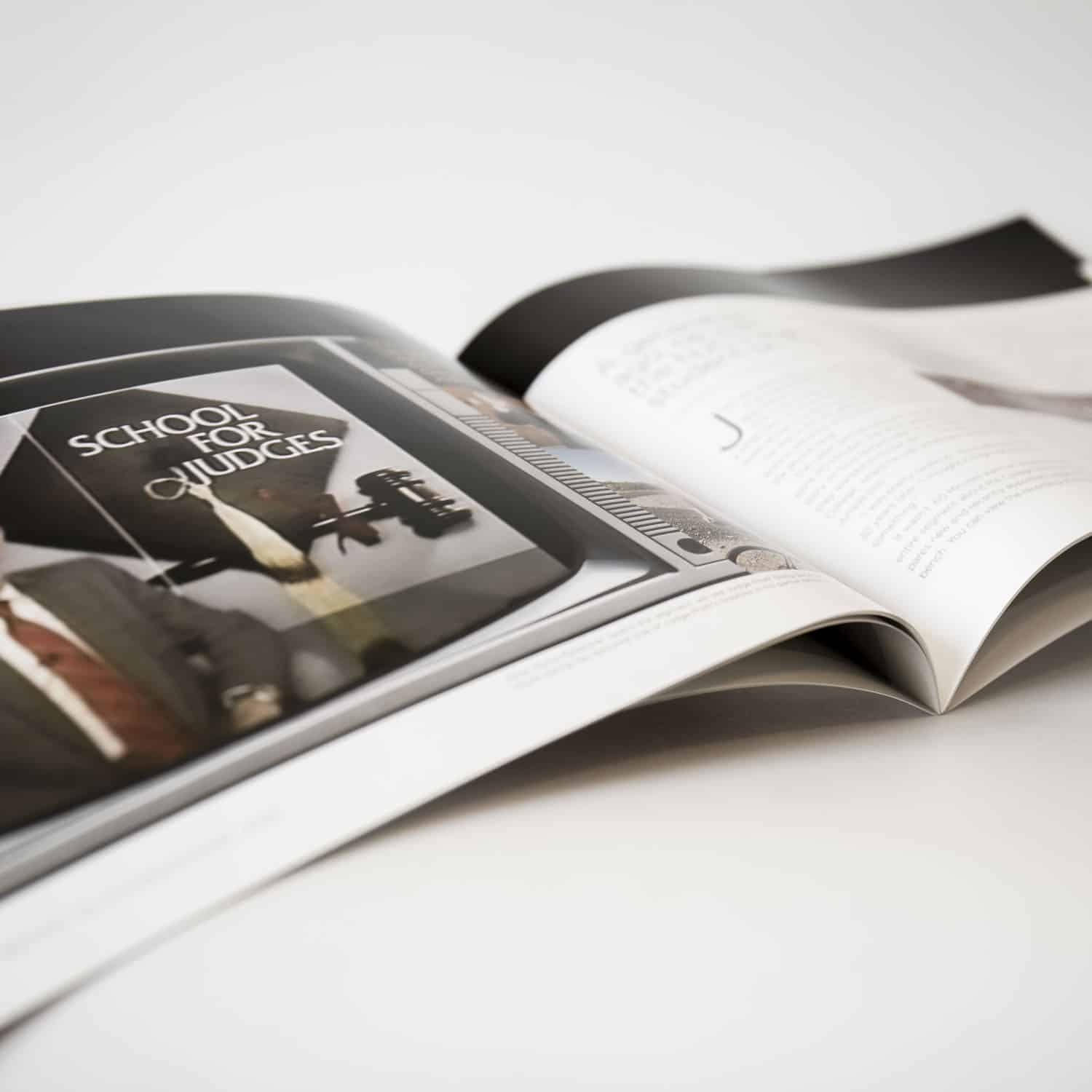
Perfect Binding
Choose perfect binding if you’re going for something sleeker and more polished. Perfect binding allows your catalog to stack neatly and creates a spine wide enough to print a title, so it’s easy to identify and pull off a shelf.
Spiral Binding
The spiral binding uses a coil to hold your catalog together, which lets it lay completely flat on any surface. It can help your catalog feel more functional and user-friendly.
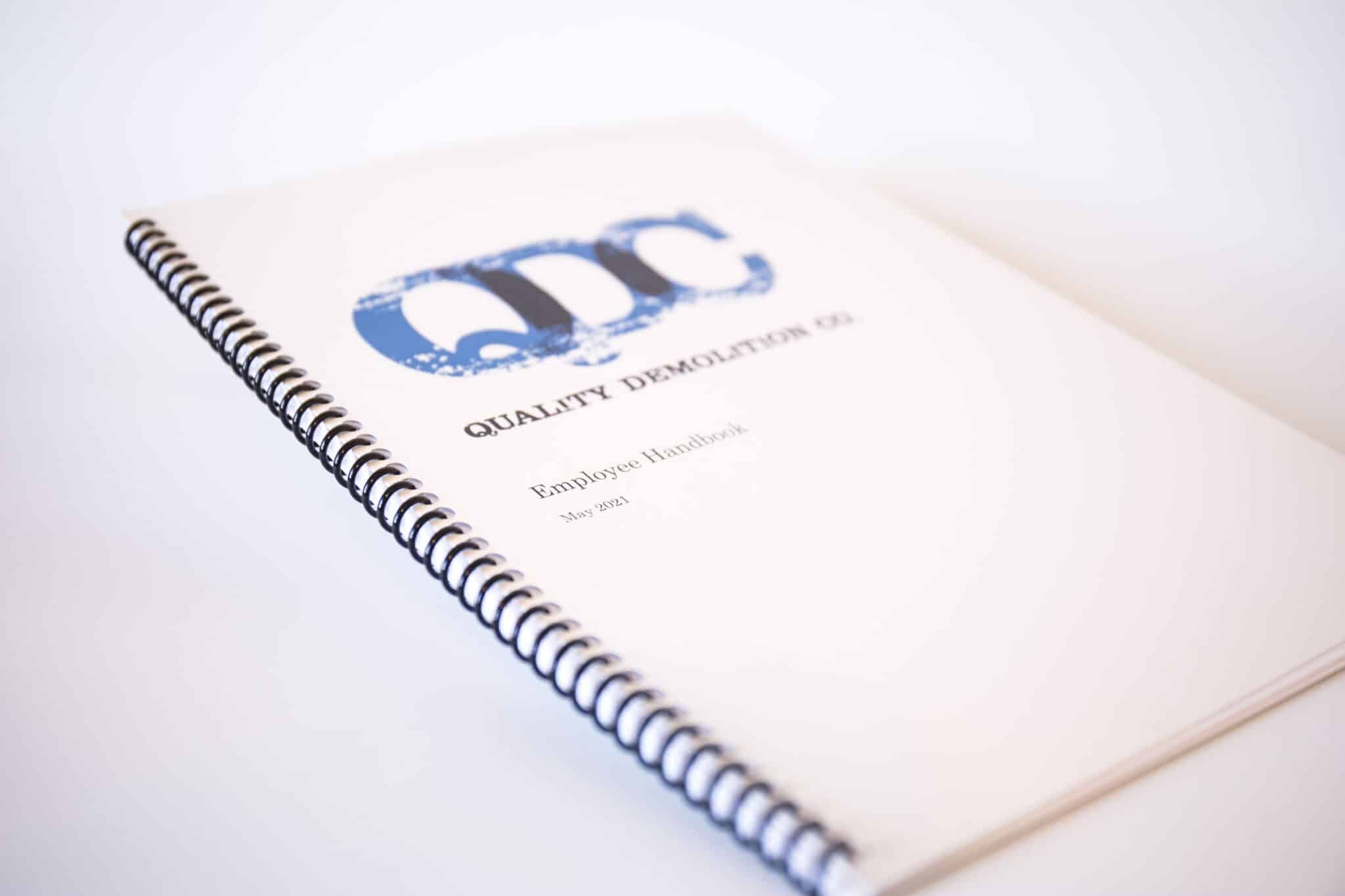
Popular Catalog Formats
Most of the catalogs out there can be classified into a few common formats. Let’s look at popular catalog sizes and what makes each special:
A4 (Standard Size)
A4 is the standard size for catalogs, measuring about 8.2 × 11.6 inches. It’s a reliable choice that offers enough space for detailed images and plenty of text. Thanks to its versatility, the A4 is a popular choice among businesses of all types.
A5 (Compact Size)
Smaller and more manageable, the A5 is half the size of an A4. Since they’re easy to stack, store, and carry, A5 catalogs are ideal for distribution at trade shows, mailings, or event handouts. It’s compact enough to be approachable without overwhelming the reader, yet still offers sufficient space for essential visuals and product details.
Square (Unique Modern Looks)
The square format is great if you’re looking to make a stylish impact. It breaks away from the traditional rectangular design to create a trendy statement piece. Square catalogs are typically around 8×8 inches, perfect for image-heavy layouts like portfolios, art books, or fashion lookbooks.
Additional Considerations
When you’re putting the final touches on your business catalog printing project, there are a few more things to consider that can make or break the finished product.
Paper Quality and Weight
The type of paper you choose affects how your catalog feels and holds up over time. Thicker, heavier paper is more durable and luxurious, but it will also increase your printing costs.
If your catalog is going to be a keeper, investing in higher-quality paper might be worth it. On the other hand, if it’s more of a quick informational piece, you might go for something lighter and more cost-effective.
Image Resolution and Color Space
High-resolution images help your products look crisp and attractive. Make sure your images are at least 300 DPI for print quality that pops off the page. As for color space, CMYK is the standard for print materials and guarantees that the colors you see on your screen come out true to life when printed.
Final Thoughts
Remember, the design and layout of your catalog are just as important as the content it holds. Effective design leads to better engagement and helps your catalog serve its purpose as an invaluable marketing tool. Always aim for a balance between aesthetic appeal and practical functionality to make the most out of your catalog.
Get ready to turbocharge your marketing efforts with a professionally printed catalog. Contact the team at Digiprint for customized catalog printing services that leave an impression on your audience. Let’s create something amazing together—contact us to start your project with Digiprint now!


